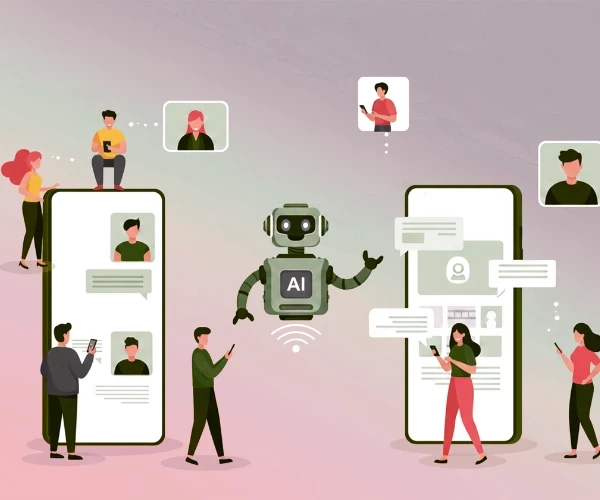The Soft Stuff Is the Hard Stuff
Add bookmark
Most of us are technical. We like to be fact-driven. We try to embrace technologies of all kinds including computer hardware, software, mobile devices, the Internet and social media.
We tolerate opinions of others different from ours, but we prefer tangible and hard evidence that supports any one’s position or argument. We like research studies and the use of analytics to gain insights and foresights as well as to solve problems and pursue opportunities.
The problem is organizations are comprised of people and not just computers and equipment, but people get in the way.
Decision Agreement – Possibility or Delusion?
Just consider the USA campaigns for President. Both candidates refer to studies by think tanks that contradict different studies or surveys.
Imagine if these think tank research teams were forced to be in a room and not emerge until they reconcile their data and assumptions and agree on their results and conclusions.
My imagination would observe that they could never emerge with a common agreement. Why? Because they are people with emotions, pre-conceived notions and positions about what is right or wrong.
How do we resolve this? How do we use information that is unbiased to draw unarguable conclusions?
Maybe it's not possible–a pipe dream. Maybe we might not want agreed decisions to be possible because we always want open forums for debate regardless of the conflict and tension it creates. Argument can be good. It exposes ideas not considered by others.
There Is Hope
Inevitably, however, decisions must be made for organizations to advance and improve. An area of information management that has caught my eye is referred to as “decision management systems” advocated by James Taylor, CEO of Decision Management Solutions.
Taylor’s belief is that traditional systems are too inflexible, fail to learn and adapt, and cannot apply analytics to take advantage of “Big Data.”
This is because traditional systems ignore decision-making and keep analytic systems separate from operational systems. He advocates decision management systems that are agile, analytic and adaptive.
A centerpiece of decision management systems is automation of decisions that considers the context and predictive impact of decisions intertwining the interdependencies of time, quality, service level, capabilities, capacity and cost.
That last element, cost, is relevant because money stated in financial terms, like the return on investment and spending, is a common denominator to evaluate decisions.
Taylor defines decision management systems as being:
- Agile – so they can rapidly change to cope with changing business conditions and new regulations.
- Analytic – so they can leverage an organization’s data to improve the quality and effectiveness of decisions.
- Adaptive – so they can learn from what works and what does not work to continuously improve over time.
Taylor views the role of analysts, now popularly referred to as “data scientists,” is to use business rules, data mining, analytics workbenches and optimization suites (that all leverage in-database technologies and high-performance analytics) not to make individual decisions but to build systems that manage decisions.
Technology Is No Longer The Barrier
The challenges to implement a decision management system are daunting. The smallest obstacle is technology. It currently exists and is proven. The major obstacles are social and cultural barriers. We return to people.
Leadership, so often mentioned as essential to drive change, will need to exhibit their primary roles of providing vision and inspiration. There is too much data that is exponentially increasing for C-suite executives to make all the decisions.
They can make the big strategic decisions, but there are hundreds of daily decisions being made by their workforce and partners every day.
The soft stuff is the hard stuff. Few–if any–of us were trained in the field of behavioral change management. We’ll need to get better at it. It will be on-the-job training, but gaining competencies in it will be essential for any organization’s performance improvement.






























